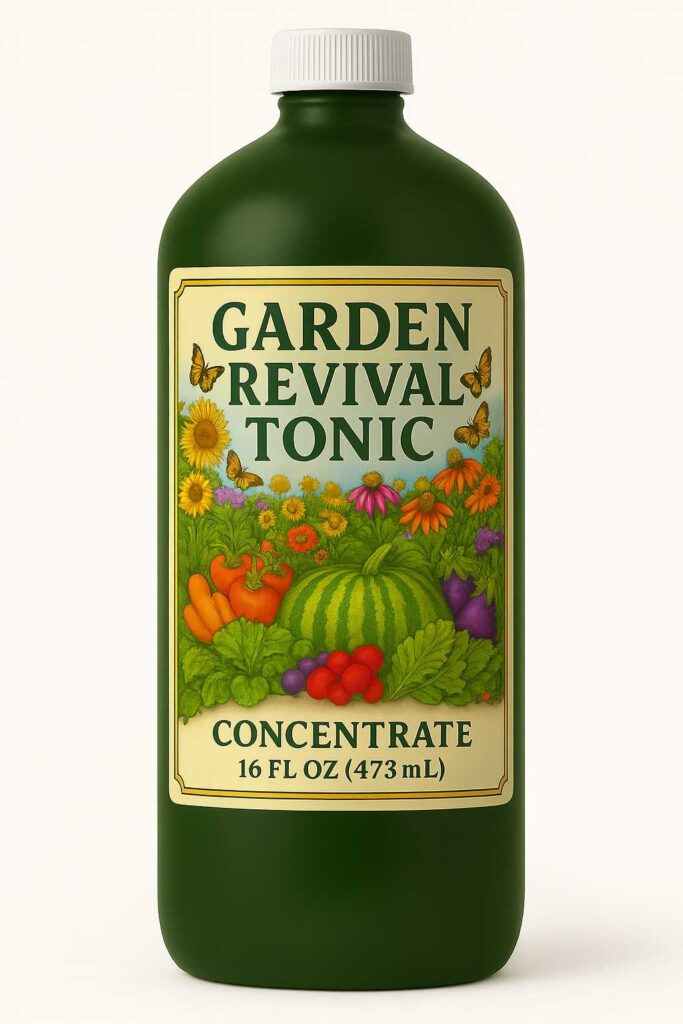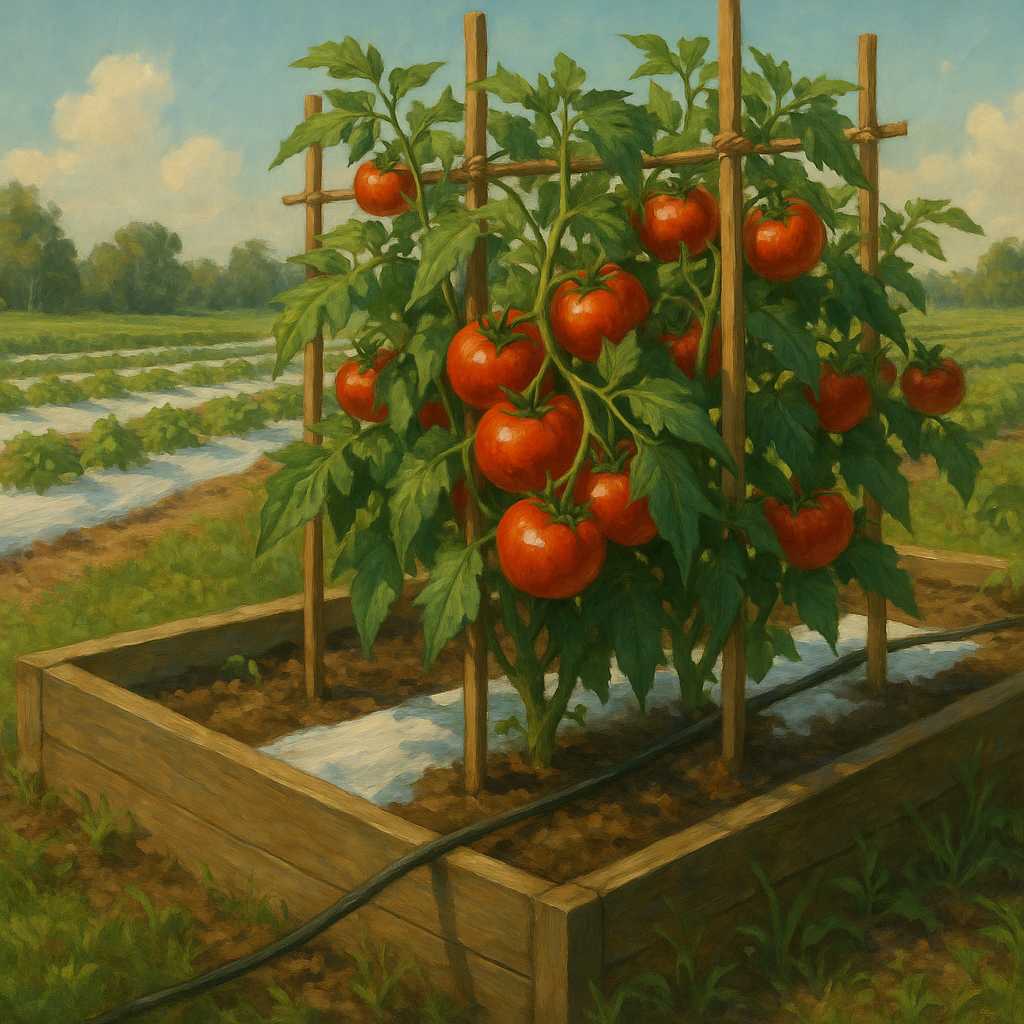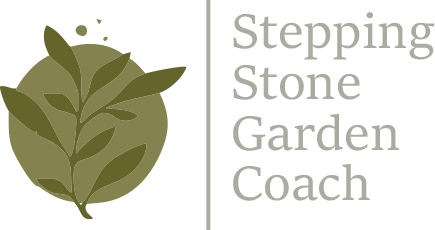
Soil Health & Preparing for Fall
As the heat of summer begins to fade, August is the perfect time to prepare your garden for the upcoming cooler months. The secret to a thriving fall garden begins with healthy, revitalized soil. This month, we’re diving into the importance of soil health, and how the right care now will set you up for a bountiful fall harvest.
The Importance of Soil Health: A Healthy Garden Starts from the Ground Up
Healthy soil is the foundation of a successful garden. After a hot summer, it’s crucial to refresh and restore your garden beds to ensure your plants are ready to thrive as we transition into fall.
Soil that has been depleted by heavy rains, pests, and the stress of summer’s heat can benefit from a little TLC. That’s where my Garden Revival Tonic comes in.
Introducing Garden Revival Tonic: A Deep Reset for Tired Soil

Handcrafted in small batches, this mineral-rich tonic is designed to restore vital nutrients, rebuild microbial life, and improve overall soil health. It’s packed with beneficial ingredients like worm castings, unsulfured molasses, lactobacillus serum, and botanical allies such as nettle, comfrey, and Aloe Vera.
How to Use:
Shake gently.
Dilute 1–2 tablespoons per gallon of water.
Apply as a root drench or foliar spray every 1–2 weeks during the growing season.
Perfect for:
Raised beds & container gardens
Pollinator-friendly native plantings
Herbs, vegetables, and fruiting crops
Soil recovery after storms, transplant shock, or heat stress
With each dose, your soil will be replenished with trace minerals, enzymes, and organic compounds that work in harmony with nature—delivering long-lasting benefits that help your garden truly thrive.
Now Available:
16 oz bottles, $20 each.
Available in limited batches, so grab yours while it lasts!
Tomato Season Prep & Care

Tomatoes are a major crop here in Florida, and now is the time to get your garden ready for a successful late-season harvest. Florida’s extended growing season means you can still plant and harvest tomatoes well into fall—if you take the right steps.
How to Prepare Your Tomato Garden for Success:
Soil Prep: Tomatoes are heavy feeders. Before planting, amend your soil with organic matter like compost and composted manure. Use organic and natural fertilizers to feed your plants. The use of synthetic fertilizers, especially nitrogen or phosphorus, is prohibited in many coastal counties until September 30th, so choose organic options like Espoma Garden-Tone (3-4-4) or Dr. Earth Organic Tomato Fertilizer, both of which provide a steady, slow-release nutrient supply without violating local regulations.
Choose Heat-Tolerant Varieties: Varieties like Solar Set, Florida 91, and Heatwave II thrive in Florida’s summer heat.
Mulch & Watering: Protect your tomato plants with 2–3 inches of mulch to keep roots cool, and water consistently to avoid blossom drop.
Pest Control: Regularly check for pests like aphids, whiteflies, and hornworms. Treat early with neem oil or insecticidal soap.
Pro Tip: Try a mix of hybrid varieties for reliable harvests, and plant Everglades Tomato for continuous snacking and pollinator attraction.
With the right preparation and organic fertilizers, you can enjoy ripe, juicy tomatoes even as the weather cools down!
The Importance of Pollinators: Keep the Buzz Going

Pollinators are essential for a thriving garden. They help our vegetables, fruits, and herbs flourish by facilitating plant reproduction. In the heat of summer, many pollinators struggle, but you can still help them thrive.
How to Support Pollinators Through the Summer Heat:
Plant Late-Blooming Nectar Plants: Zinnias, sunflowers, and purple coneflowers are all fantastic for attracting bees, butterflies, and hummingbirds.
Create Habitats: Even small spaces can support pollinators. Consider adding native plants like milkweed or planting herbs that attract beneficial insects.
Keep Water Available: Provide shallow dishes of water for bees and butterflies, especially as the weather gets hotter.
Pro Tip: After your garden’s peak harvest, allow some plants to go to seed—this will help feed pollinators as the season winds down.
You can also watch my “Help Florida’s Pollinators Thrive” presentation replay here, where I dive deeper into how you can support pollinators year-round.
Late Summer Tasks:
Prune Summer Crops: Trim back spent plants, especially tomatoes and peppers, to encourage new growth.
Save Seeds: Let some of your plants go to seed for future seasons or to attract pollinators.
Clean Tools & Beds: Clean and sharpen your tools, test your soil, and replenish mulch to prepare for fall planting.
What to Plant in August
While the summer heat is still intense, there’s plenty to plant this month for a successful fall harvest. Now is the perfect time to get started on crops that thrive in Florida’s long growing season. Here’s what to plant now:
Fruits & Vegetables:
Corn
Beans
Eggplant
Okra
Onions (Bunching)
Peas
Peppers
Pumpkin
Squash
Tomatoes
Watermelon
Culinary Herbs:
Basil
Thyme
Oregano
Pollinator-Friendly Plants:
Zinnias
Sunflowers
Looking Ahead: Fall Garden Goals
August is the perfect time to start thinking about your fall garden. From cool-season crops like lettuce, kale, and carrots to planning for pollinator-friendly plants, there’s plenty of work to do now to ensure a successful fall garden.
Take time this month to order seeds, prepare your beds, and map out your fall garden layout. With a little prep work now, your garden will be ready to roll when the cooler weather arrives.
Weather Watch: What to Expect in August
August in Central Florida is typically characterized by hot, humid days and frequent afternoon thunderstorms. It’s essential to stay aware of the weather as you prepare your garden for the upcoming cooler months.
Average Temperatures:
Highs: 90–95°F (32–35°C)
Lows: 75–80°F (24–27°C)
Expect scorching daytime temperatures, especially in the afternoon. While it can be hot, this is the perfect time to prep your garden beds for fall planting, and take advantage of the abundant sunshine.
Average Rainfall:
Monthly Total: 6–8 inches (152–203 mm)
Frequent afternoon thunderstorms help keep the garden hydrated, but they can also lead to root rot and waterlogged soil if drainage is poor. Be sure to monitor your garden for overwatering or fungal diseases.
Garden Tip:
Water your garden early in the morning to minimize evaporation and reduce the risk of fungal diseases. Mulch is your best friend this month—it helps maintain soil moisture and keeps plant roots cool.
Ask the Garden Coach:
Got questions about soil health, tomatoes, or late-season gardening? Send them my way, and I might feature them in next month’s newsletter!
August Gardening Inspiration

“By cultivating the beautiful, we scatter the seeds of love and kindness.”
— Mariama Ba
August is all about preparing your garden for a bountiful fall and supporting the creatures that make it all possible. Whether you’re planting, harvesting, or simply watching your garden grow, every step you take helps create a more vibrant, resilient world.
Stay Rooted, Stay Hydrated, and Keep Growing
~Larissa
Stepping Stone Garden Co.
Contact: 727-259-5994
